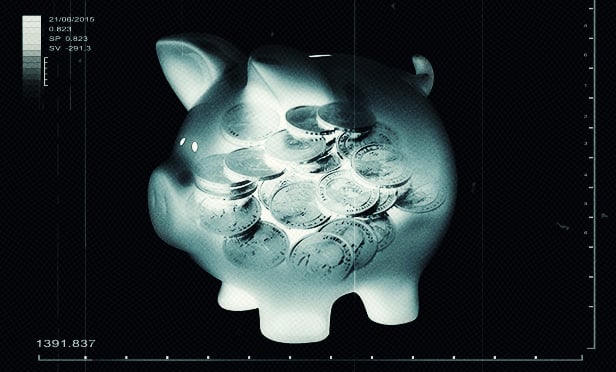 Lack of pricing transparency makes controlling health care costs a big challenge for employers.
Lack of pricing transparency makes controlling health care costs a big challenge for employers.
Over two years have passed since the federal hospital price transparency rule was enacted. Still, America struggles with high, painfully-opaque pricing across health care that hurts employers, workers, patients, and taxpayers. The Centers for Medicare and Medicaid Services recently announced that in 2021, the nation spent $4.3 trillion on health care–nearly twice the average of other nations in the developed world. Noncompliance and price gouging abound in a market where employers and consumers are blindsided by costs revealed only after care is rendered.
Recommended For You
Complete your profile to continue reading and get FREE access to BenefitsPRO, part of your ALM digital membership.
Your access to unlimited BenefitsPRO content isn’t changing.
Once you are an ALM digital member, you’ll receive:
- Breaking benefits news and analysis, on-site and via our newsletters and custom alerts
- Educational webcasts, white papers, and ebooks from industry thought leaders
- Critical converage of the property casualty insurance and financial advisory markets on our other ALM sites, PropertyCasualty360 and ThinkAdvisor
Already have an account? Sign In Now
© 2025 ALM Global, LLC, All Rights Reserved. Request academic re-use from www.copyright.com. All other uses, submit a request to [email protected]. For more information visit Asset & Logo Licensing.








